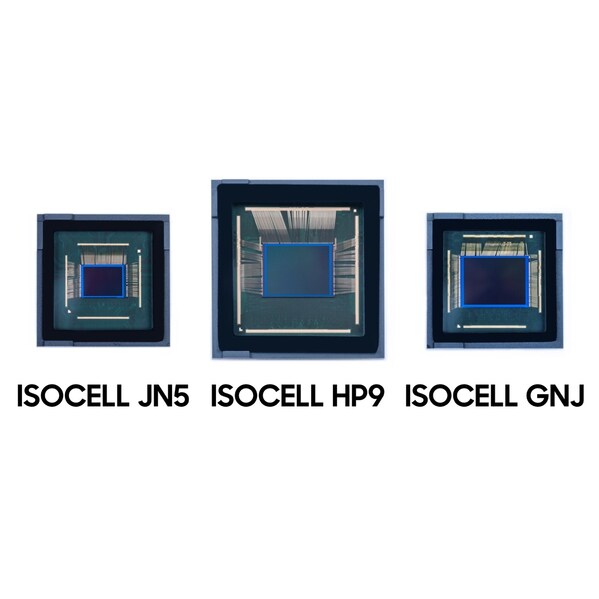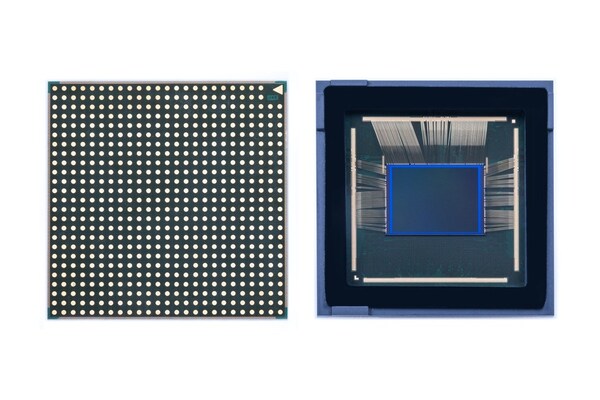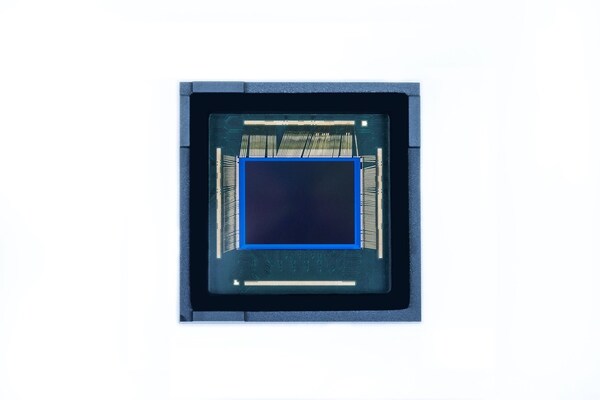On June 27, Samsung released three new mobile image sensors designed for the main and secondary cameras of smartphones: ISOCELLHP9, ISOCELLGNJ and ISOCELLJN5.

ISOCELLHP9: The industry's first 200-megapixel telephoto sensor for smartphones, ISOCELLHP9, adopts 1/1.4-inch optical specifications and has built-in 200 million pixels of 0.56 micron (μm) size.

Compared with the previous generation product, HP9’s sensitivity has been increased by 12% (based on signal-to-noise ratio of 10), and autofocus contrast performance has been improved by 10%, achieving more vivid color reproduction and stronger focus performance. HP9 performs particularly well in low-light environments, solving the common problems faced by traditional telephoto cameras. Its Tetra²pixel technology combines 16 pixels (4x4) into a large 12-megapixel, 2.24μm sensor, allowing for clearer portrait photos even in dark environments and creating eye-catching bokeh. transformation effect. HP9 uses a remosaic algorithm to provide 2x or 4x in-sensor zoom modes, which can achieve up to 12x zoom when paired with a 3x zoom telephoto module while maintaining clear image quality. ISOCELLGNJ: Integrating Samsung’s cutting-edge pixel technology, the innovative ISOCELLGNJ is a dual-pixel sensor with 50 million 1.0 micron (μm) pixels in an optical format of 1/1.57 inches.

Dual Pixel technology allows each pixel to house two photodiodes, allowing for fast and accurate autofocus (similar to how the human eye focuses) while capturing full-color information for fast focusing and maintaining image quality. GNJ combines Dual Pixel technology with in-sensor zoom to deliver sharper footage in video mode and high-resolution images without artifacts or moiré in photo mode. In addition, GNJ also uses upgraded pixel deep trench isolation (DTI) materials from polysilicon to silicon oxide to minimize crosstalk between adjacent pixels. This allows the sensor to capture more detailed and precise images. ISOCELLJN5: Wide color range ISOCELLJN5 uses a 1/2.76-inch optical format and has 50 million 0.64 micron (μm) pixels. The sensor uses dual vertical transmission gate (DualVTG) technology, which increases charge transfer within the pixel, greatly reducing noise in extremely weak light and making the image quality clearer. The JN5 utilizes Super Quad Phase Detection (SuperQPD) autofocus technology to adjust focus by comparing the phase difference in the vertical and horizontal directions to capture tiny details of fast-moving objects with minimal jitter. In addition, JN5 also uses dual slope gain (DSG) technology to enhance high dynamic range (HDR). The technology amplifies the analog light information entering the pixels into two signals, converts them into digital signals, and then combines them into one data, thereby expanding the range of colors the sensor can produce. The hardware Remosaic algorithm increases the camera's shooting speed, while enabling lag-free real-time zoom in both preview and shooting modes. The JN5's ultra-thin optical format makes it highly versatile and can be used with both main and secondary cameras, including wide-angle, ultra-wide-angle, front-facing and telephoto cameras, ensuring a consistent photo experience from different angles.
The above is the detailed content of Samsung Electronics launches three smartphone image sensors: HP9, GNJ and JN5. For more information, please follow other related articles on the PHP Chinese website!
Statement:The content of this article is voluntarily contributed by netizens, and the copyright belongs to the original author. This site does not assume corresponding legal responsibility. If you find any content suspected of plagiarism or infringement, please contact admin@php.cn




